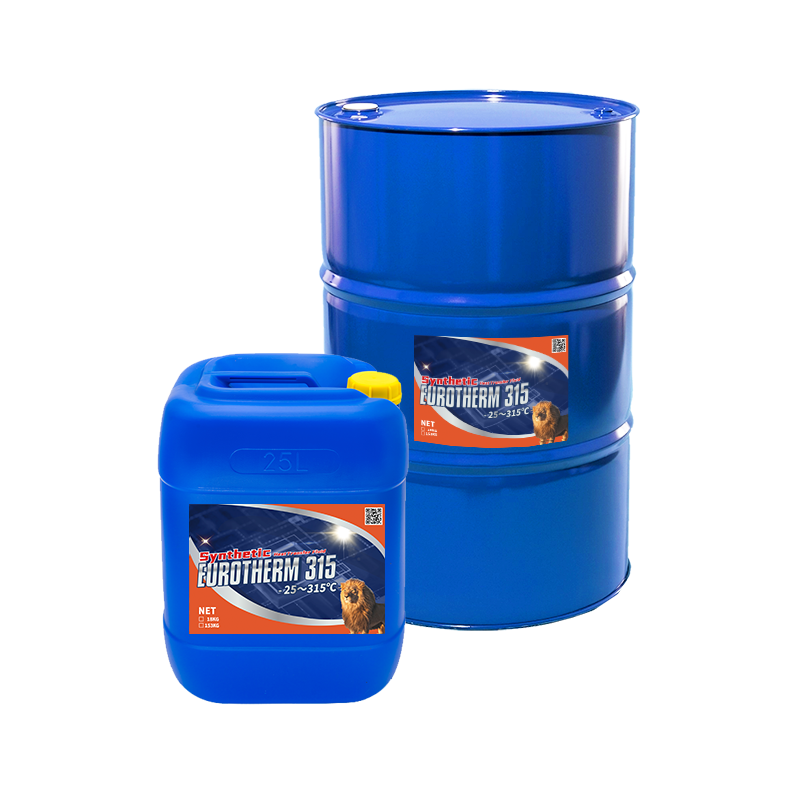3 Easy Facts About Chemie Described
3 Easy Facts About Chemie Described
Blog Article
The 3-Minute Rule for Chemie
Table of ContentsThe Greatest Guide To ChemieThe smart Trick of Chemie That Nobody is Talking About8 Easy Facts About Chemie DescribedThe Only Guide to ChemieThe smart Trick of Chemie That Nobody is DiscussingA Biased View of Chemie
By Bojanna Shantheyanda, Sreya Dutta, Kevin Coscia and David SchiemerDynalene, Inc. Fluid air conditioning, which can be achieved using indirect or straight methods, is utilized in electronic devices applications having thermal power densities that might go beyond secure dissipation through air cooling. Indirect fluid air conditioning is where heat dissipating digital parts are physically divided from the liquid coolant, whereas in instance of direct air conditioning, the components are in direct call with the coolant.In indirect air conditioning applications the electric conductivity can be important if there are leakages and/or spillage of the fluids onto the electronics. In the indirect air conditioning applications where water based liquids with deterioration inhibitors are normally made use of, the electrical conductivity of the liquid coolant primarily relies on the ion focus in the liquid stream.
The increase in the ion concentration in a shut loop fluid stream might take place as a result of ion seeping from metals and nonmetal parts that the coolant liquid touches with. During operation, the electric conductivity of the liquid might increase to a level which can be harmful for the air conditioning system.
The 20-Second Trick For Chemie
(https://triberr.com/chemie999)They are bead like polymers that can trading ions with ions in a remedy that it is in contact with. In the here and now work, ion leaching tests were carried out with numerous steels and polymers in both ultrapure deionized (DI) water, i.e. water which is treated to the greatest degrees of pureness, and reduced electric conductive ethylene glycol/water mixture, with the gauged adjustment in conductivity reported in time.
The examples were allowed to equilibrate at space temperature level for two days prior to videotaping the initial electric conductivity. In all tests reported in this research study liquid electrical conductivity was measured to a precision of 1% making use of an Oakton CON 510/CON 6 collection meter which was adjusted before each measurement.
6 Easy Facts About Chemie Shown
from the wall surface heating coils to the center of the furnace. The PTFE example containers were positioned in the heater when stable state temperatures were gotten to. The test setup was removed from the furnace every 168 hours (7 days), cooled to space temperature level with the electric conductivity of the fluid determined.
The electric conductivity of the fluid sample was monitored for a total of 5000 hours (208 days). Number 2. Schematic of the indirect shut loop cooling experiment set-up - silicone synthetic oil. Table 1. Parts used in the indirect closed loophole cooling experiment that are in contact with the fluid coolant. A schematic of the speculative setup is shown in Figure 2.

Some Of Chemie
The modification in liquid electrical conductivity was kept an eye on for 136 hours. The fluid from the system was accumulated and stored.

0.1 g of Dowex material was contributed to 100g of fluid samples that was taken in a separate container. The mix was stirred and alter in the electrical conductivity at room temperature was measured every hour. The measured adjustment in the electric conductivity of the UP-H2O and EG-LC test liquids having polymer or steel when immersed for 5,000 hours at 80C is revealed Figure 3.
The Facts About Chemie Revealed
Figure 3. Ion seeping experiment: Measured adjustment in electrical conductivity of water and EG-LC coolants containing either polymer or metal examples when immersed for 5,000 hours at 80C. The outcomes indicate that metals added less ions into the fluids than plastics in both UP-H2O and EG-LC based coolants. This can be due to a thin steel oxide layer which might function as a barrier to ion leaching and cationic diffusion.
Fluids having polypropylene and HDPE showed the lowest electric conductivity modifications. This can be due to the short, stiff, direct chains which are less likely to contribute ions than longer branched chains with weak intermolecular pressures. Silicone also executed well in both test liquids, as go to my blog polysiloxanes are typically chemically inert because of the high bond power of the silicon-oxygen bond which would stop degradation of the product into the fluid.
The Ultimate Guide To Chemie
It would be expected that PVC would certainly create comparable outcomes to those of PTFE and HDPE based on the comparable chemical frameworks of the products, nonetheless there may be other impurities existing in the PVC, such as plasticizers, that might impact the electric conductivity of the liquid - fluorinert. Furthermore, chloride groups in PVC can also seep right into the test fluid and can create a rise in electric conductivity
Polyurethane totally degenerated right into the examination liquid by the end of 5000 hour examination. Before and after images of metal and polymer samples submersed for 5,000 hours at 80C in the ion seeping experiment.
Measured change in the electric conductivity of UP-H2O coolant as a function of time with and without material cartridge in the closed indirect air conditioning loop experiment. The gauged modification in electrical conductivity of the UP-H2O for 136 hours with and without ion exchange material in the loop is displayed in Number 5.
Report this page